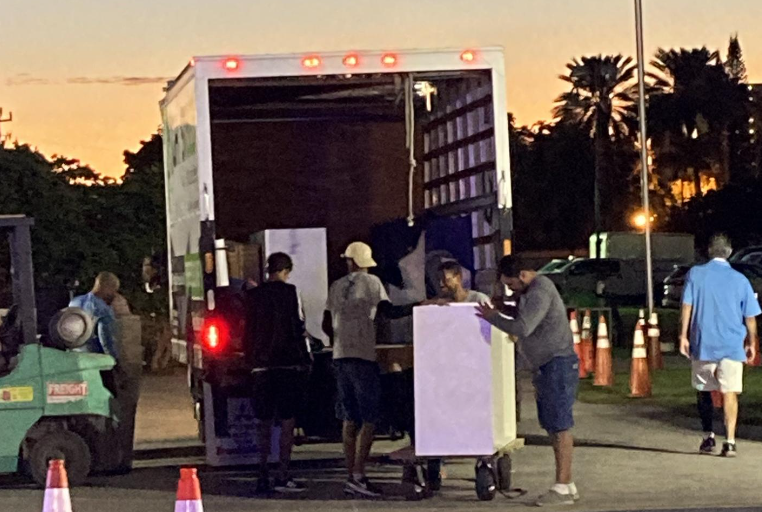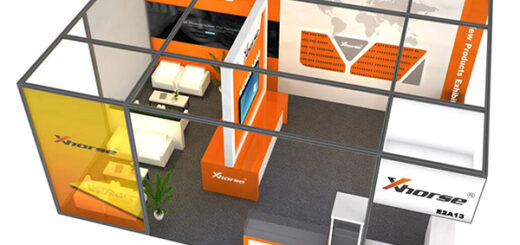How to Ship to a Trade Show: Choosing the Right Method
Trade shows are excellent opportunities for businesses to showcase their products and services to a broad audience of potential customers and partners. However, getting your exhibit materials, products, and promotional items to the trade show venue can be a logistical challenge. To ensure a smooth and successful trade show experience, choosing the right shipping method is crucial. In this article, we’ll guide you through the process of shipping to a trade show, from planning and packaging to selecting the best shipping option.

- Plan Ahead
The first step in shipping to a trade show is careful planning. Start by creating a detailed checklist of everything you need to transport to the event. This may include booth displays, product samples, brochures, banners, promotional items, and any other materials necessary for your exhibit.
Additionally, consider the following factors:
Shipping Timelines: Determine when your materials need to arrive at the trade show venue. Allow for enough time to set up your booth and address any unexpected delays.
Shipping Regulations: Different trade shows and venues may have specific rules and regulations regarding shipping and handling. Make sure to review and adhere to these guidelines.
Shipping Budget: Consider your budget for shipping. Keep in mind that expedited or specialized shipping options may cost more but could be necessary in certain circumstances. - Proper Packaging
Proper packaging is crucial to protect your materials during transit and ensure they arrive in excellent condition. Here are some packaging tips to keep in mind:
Durable Materials: Use sturdy boxes, crates, or containers that can withstand the rigors of transportation.
Bubble Wrap and Cushioning: Wrap delicate items in bubble wrap and use cushioning materials like foam or packing peanuts to prevent damage.
Labeling: Clearly label all packages with your company name, booth number, and the trade show’s address. This helps with easy identification and routing.
Inventory List: Create an inventory list of all items you’re shipping. This will be useful in case any items go missing during transit. - Choose the Right Shipping Method
Selecting the right shipping method is essential to ensure your materials arrive at the trade show on time and in good condition. Here are some shipping options to consider:
Freight Shipping: For large and heavy shipments, freight shipping is often the most cost-effective option. It’s suitable for palletized materials or large exhibits. Be sure to coordinate with the show’s logistics provider to arrange for unloading and delivery to your booth.
Expedited Shipping: If you’re running short on time, expedited shipping can get your materials to the trade show quickly. However, it can be more expensive, so factor this into your budget.
Ground Shipping: Ground shipping is a reliable option for domestic trade shows. It’s usually more affordable than air shipping and offers a balance between cost and speed.
Air Shipping: For international trade shows, or if you need your materials to arrive as quickly as possible, air shipping may be the best choice. It’s faster but comes with a higher price tag.
Shipping and Logistics Services: Some companies specialize in trade show logistics. They offer services like warehousing, transportation, and on-site setup. This can streamline the process and reduce the stress of managing shipping on your own.
Advanced Shipping to the Show: Some trade shows offer the option to ship your materials in advance and store them securely until your arrival. This can save you time and effort in setting up your booth. - Track and Confirm Delivery
Once your materials are on their way, it’s important to track their progress and confirm delivery to the trade show venue. This can help you stay informed and address any issues that may arise, such as delayed shipments or missing items.
Tracking Numbers: Keep a record of tracking numbers for each shipment so you can monitor their progress.
Confirmation with the Show Organizer: Coordinate with the trade show organizer to confirm that your materials have arrived and are ready for setup. - Plan for Return Shipping
Don’t forget to plan for the return shipping of your materials after the trade show. Have a strategy in place for repackaging and arranging pickup or delivery of your materials once the event concludes.
By following these steps and staying organized, you can ensure that your exhibit materials arrive on time and in the best possible condition, setting the stage for a successful trade show experience.
Shipping goods is more complicated, of course, and choosing a turnkey rental kit, like the offered by companies Maeander Exhibition, covers the entire shipping process. This means you won’t have to worry about transport logistics, as the provider handles everything, ensuring a hassle-free experience.



